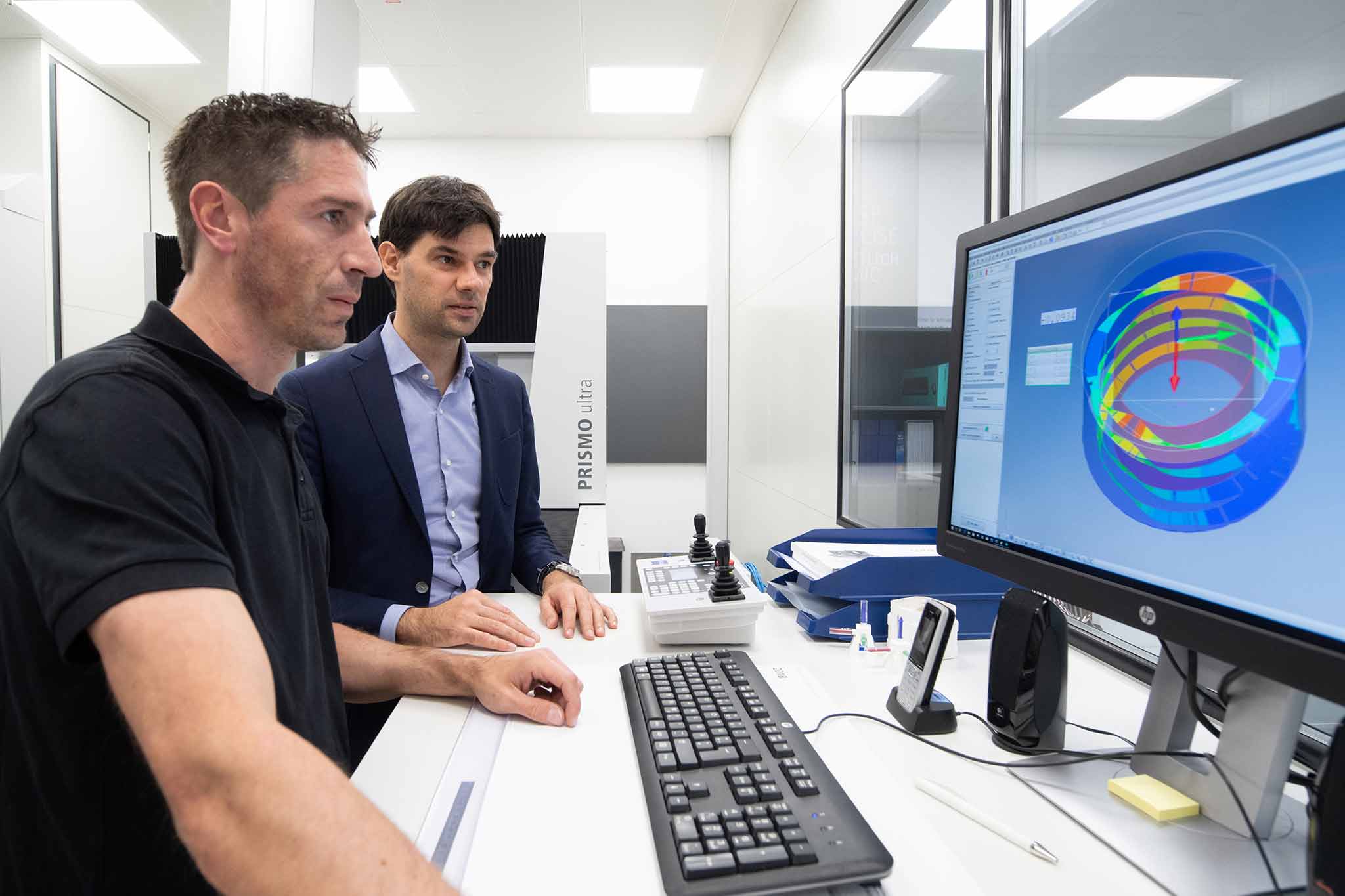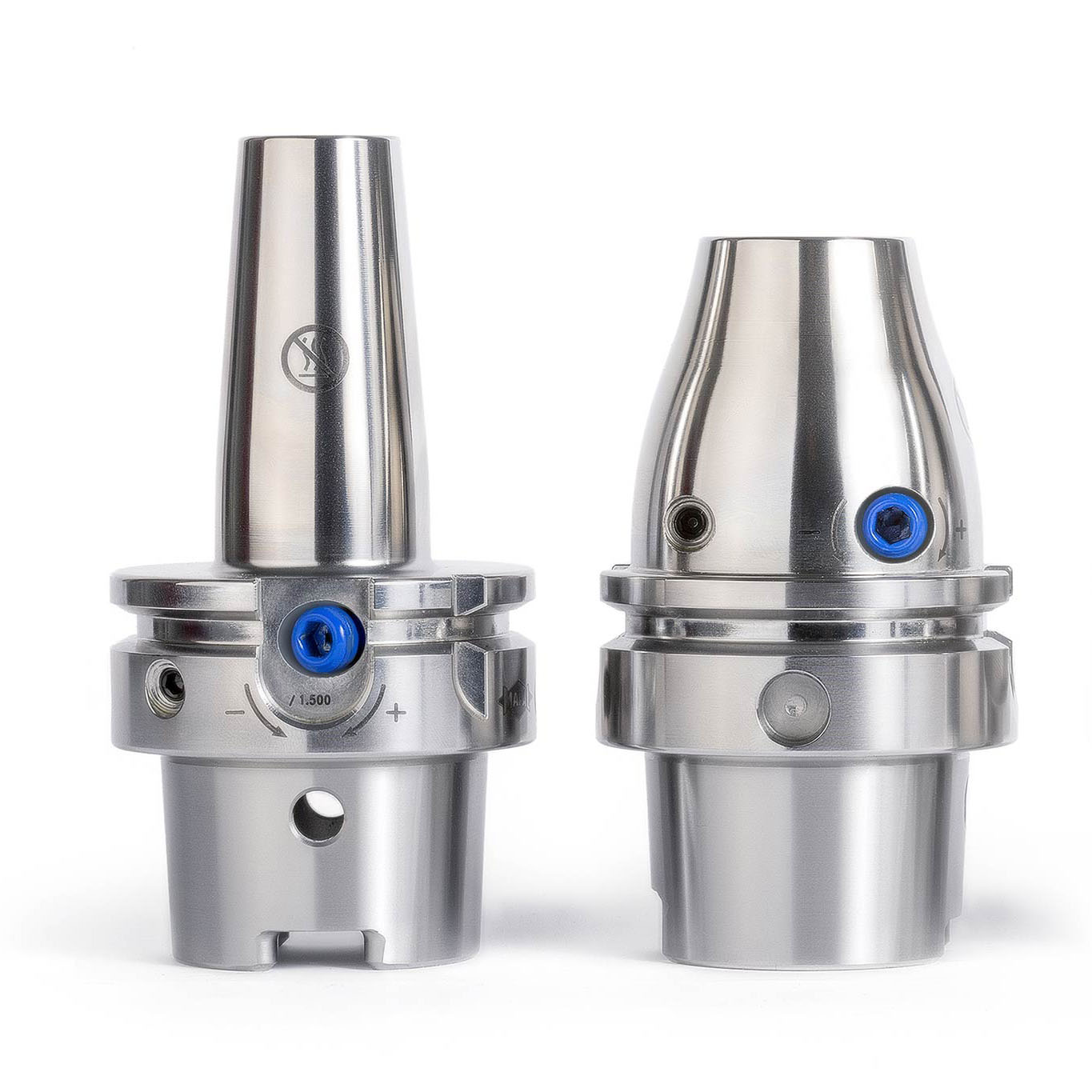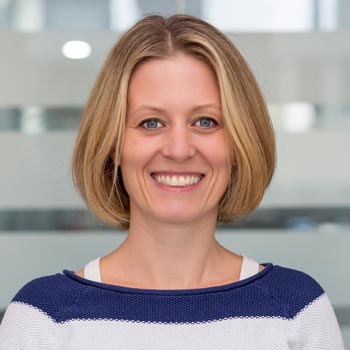01.05.2019
Roadmap E-mobility
Speeding up tool development at MAPAL with the ZEISS PRISMO ultra
These days, the employees from the development department at MAPAL Dr. Kress KG generally know within an hour if new tools will offer the level of precision their customers require. Instead of having to wait days for a service provider to deliver the measurement results, the company started performing on-site measurements at the beginning of 2018. With the high-precision coordinate measuring machine ZEISS PRISMO ultra, MAPAL inspects the workpieces machined with the new tools it manufactures. The time saved on measurements helps this global company develop innovative tool solutions even more quickly for trends that will play such a pivotal role in the future like eMobility.
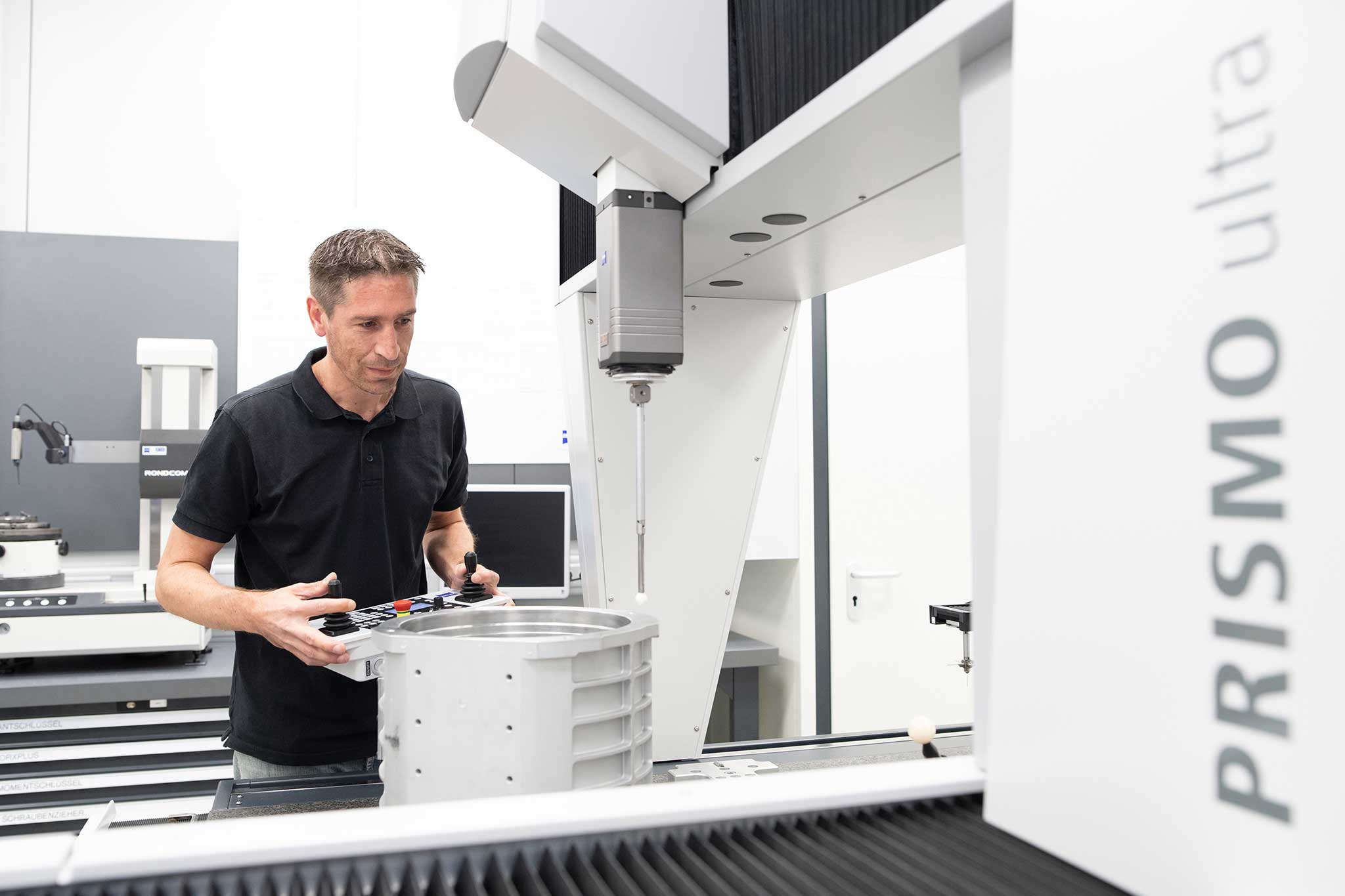
Automotive manufacturers achieved a significant milestone in 2017: for the first time, they
sold over one million electric vehicles worldwide. The major players in this industry continue to make significant investments in eMobility to ensure they are well-positioned in future markets. Volkswagen, for example, plans to spend 20 billion euros over the coming years. The company will roll out around 50 different electric cars and 30 plug-in hybrids by 2025.
This feat will require a lot of tool manufacturers as well. „We‘re the ones who have to quickly
develop the right tools and tool solutions to produce the new components and materials required for eMobility,“ explains Dr. Dirk Sellmer, Vice President of Research & Development at MAPAL Dr. Kress KG.
And since less effort is needed to machine electric motors as compared to combustion engines, fewer tools will be required in the future. Hence MAPAL is establishing new fields of business alongside its Powertrain area. The familyowned company, which has 5,500 employees worldwide, will invest in tool and mold-making technologies.

How a workpiece ensures a precise tool
„We need extremely exact measurement results to develop high-precision, innovative tools and
tool solutions,“ says Sellmer. For years, the company had an external service provider measure
its workpieces and tools. Sellmer compares MAPAL‘s tools to „Lego blocks that are combined
to create complex solutions.“ To deliver these bespoke products to the customers more quickly, the company invested in an extremely precise coordinate measuring machine (CMM) from ZEISS in 2018.
That year, at the beginning of January, two employees began working with the ZEISS PRISMO ultra. Almost a year later, Sellmer has reached the following conclusion: „The investment has paid off.“ The measuring machine provided this tool maker with the necessary precision and was immediately running at full capacity. The two employees from the development department, who alternate between the measuring system and the production machines every two weeks, inspect the department‘s tools on the CMM.
Most importantly, however, MAPAL employees measure workpieces that are machined in the
development area with the company‘s own tools, thereby determining the workpieces‘ precision and stability under manufacturing conditions. Precision is on everyone‘s mind at this company headquartered in Aalen, Germany, because most MAPAL tools and tool solutions are used when components need to be machined with a very high level of accuracy.
The stator housing for an electric motor is one example of how MAPAL is successfully meeting its customers‘ requirements. The challenge with this cast part is to create the primary, large-diameter borehole that runs through the entire component – all with an accuracy of just a few microns. For perpendicularity, the tolerance is just 30 microns (0.03 millimeters) and, for coaxiality, 50 microns.
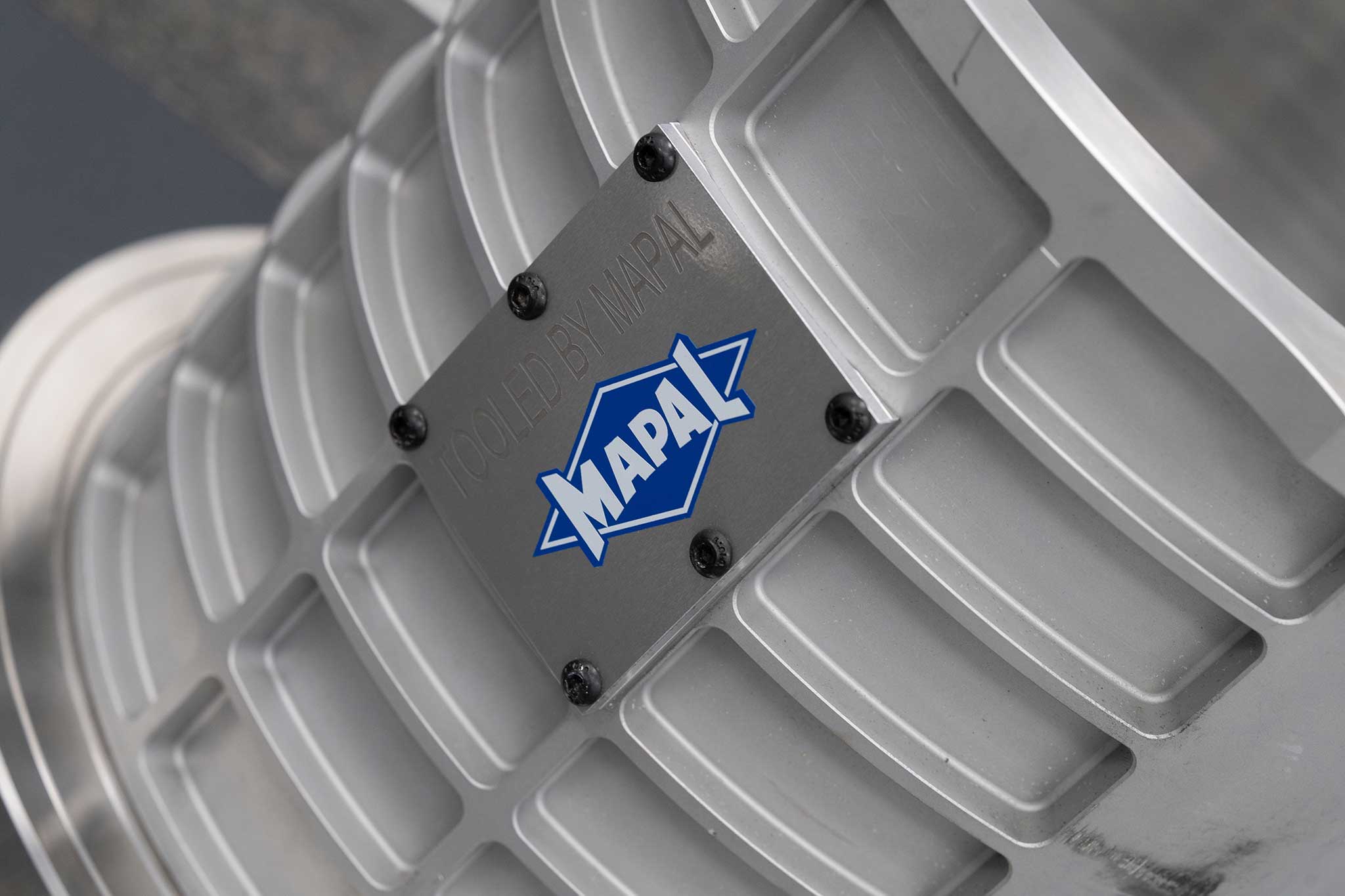
The right tool for stator housings
These are extremely narrow tolerances for such large boreholes. Yet a closer look at the design of the electric motor illustrates why these stringent requirements are necessary. Take, for example, the permanent magnet synchronous motor, the most frequently used motor design in New Energy Vehicles (NEV). The stator is the stationary component within the motor. Coils or copper wires known as hairpins are attached. These generate a current that creates a rotating magnetic field. The rotor is located within the stator and, thanks to its own constant magnetic field, follows the magnetic field of the stator. The three-phase current of the rotor causes it to rotate in synch with the magnetic field.
The rotor cannot actually move unless there is a gap between it and the stator. However, the
rotor is subject to considerable magnetic resistance, which in turn reduces the magnetic flux
density and with it the power of the motor. Thus designers make this gap as narrow as possible. To ensure that the manufacturing process does not compromise the component‘s design, MAPAL offers its customers a high-precision tool which is also very light for its size.
First, a borehole is made in the cylinder for the stator housing. This means that a tool approximately 30 centimeters in length creates a hole in the outer die-cast layer of the housing. Then the surface is carefully ground down. Tools for the highly precise machining of primary boreholes for stator housings have been part of MAPAL‘s product portfolio for one-and-a-half years. And since not all housings are identical, these tools are customized for each customer.
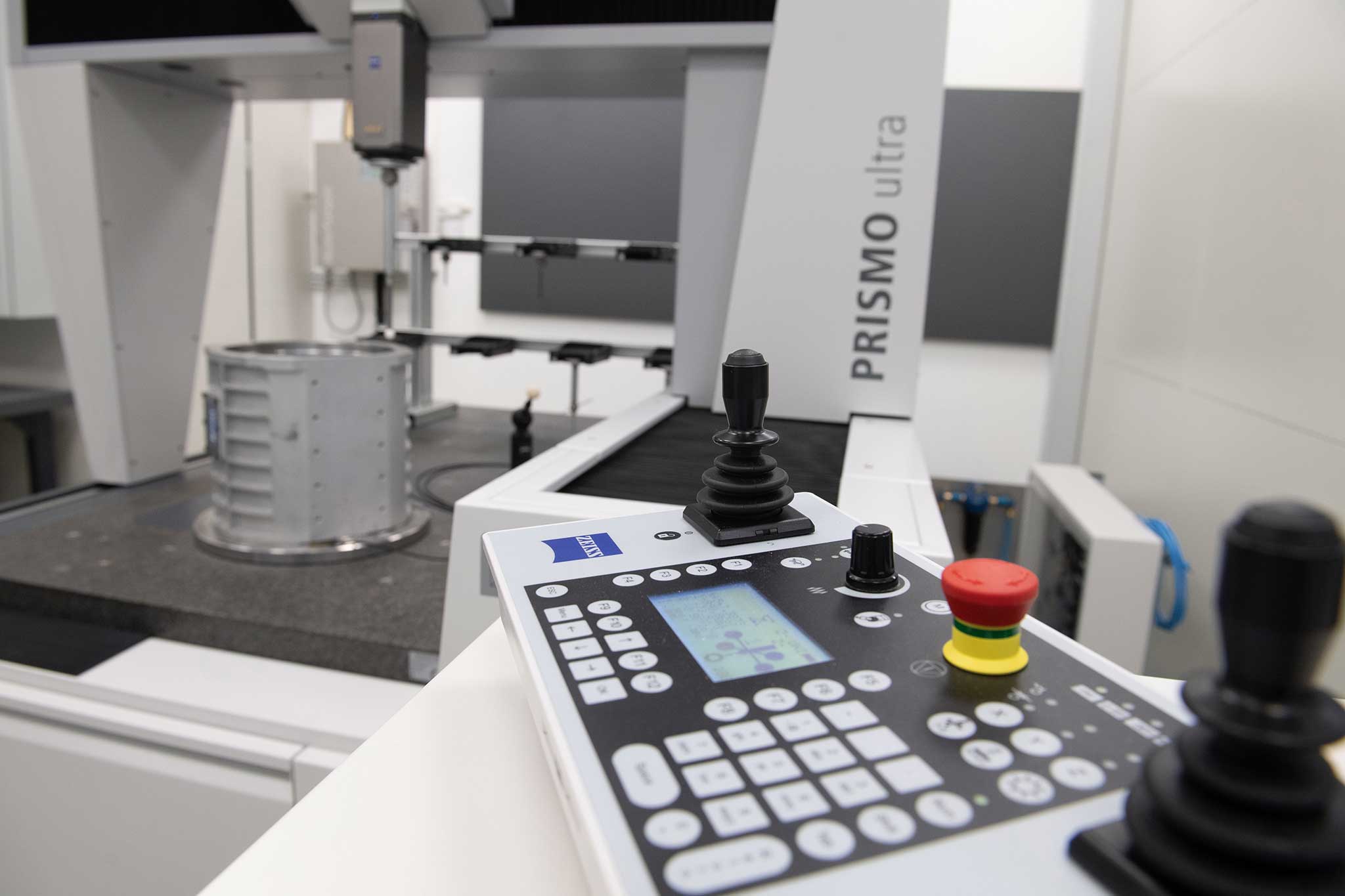
On-site measurements for reduced wait times
Automotive manufacturers generally provide ten to 30 housings that MAPAL must then machine with the corresponding tools in its testing area. The measurements performed after multiple rounds of machining serve as the basis for optimizing the highly complex tool solutions in line with the customer‘s needs.
Before purchasing their own coordinate measuring machine, MAPAL had an external service provider measure its workpieces and tools. However, the company‘s measuring expenses rose significantly within the span of just 10 years. MAPAL increasingly manufactures the tools for its customers and takes on pre-series production. Numerous measurements are performed to ensure that the customer has all the information they require.
The need for more measurements also increased outlay. „Compared to 2007, we spent twice as much on external measuring services in 2017,“ says Sellmer. Yet as the company considered whether or not to invest in a CMM, it was not the costs that ultimately tilted the balance, but time.
„We used to have to wait two to three days for measuring results. This is no longer the case,“
explains Sellmer. Now, these are generally available within an hour.
And that is not all. Since the employees performing measurements at MAPAL have also
received metrology training, there are fewer artifacts. „Since our team also works with the
machines used in production, they have a highly developed intuition and know, for example,
where contaminants might have impacted the measurement result,“ says Sellmer.
Moreover, the components are now clamped in the machining fixtures for measurements and
measured on the company‘s premises. This reduces potential artifacts caused by removing
the workpieces from the fixtures or reclamping them. Another significant benefit for MAPAL is
the ability to intermittently perform unplanned measurements, such as with thin-walled components like a stator housing. This way, the company can see how fixturing impacts machining. Dr. Sellmer highlights yet another key advantage: the improved communication between engineers and technicians. They can now discuss the results at the measuring machine, rather than relying solely on measurement reports. This promotes knowledge sharing. „We now achieve our goals significantly faster,“ says Dr. Sellmer.
New measuring machine, new measuring lab
In order to utilize the potential of their new, high-precision bridge-type CMM, the tool manufacturer first had to construct a Class 1 measuring lab. This investment cost about as much as the measuring machine itself, which is why MAPAL put its trust in ZEISS‘ recommendations on building the measuring lab, including which contractors to hire.
„The end result is quite impressive,“ says Dr. Sellmer. Around 20 square meters in size, the newly constructed measuring lab offers a high level of reliability thanks to special climate control and its own ventilation system: „All this makes it the right space for our measuring jobs.“
Sellmer never considered purchasing the system from any company other than ZEISS. First,
because MAPAL has been working with ZEISS machines for years. He describes the systems‘ ease-of-use, quality and the level of service as „extremely impressive.“
And the second reason? „A lot of our customers use ZEISS systems,“ says Sellmer. Working with ZEISS generates trust and even simplifies customer communication. „This way, we can address problems together and find solutions more quickly.“
